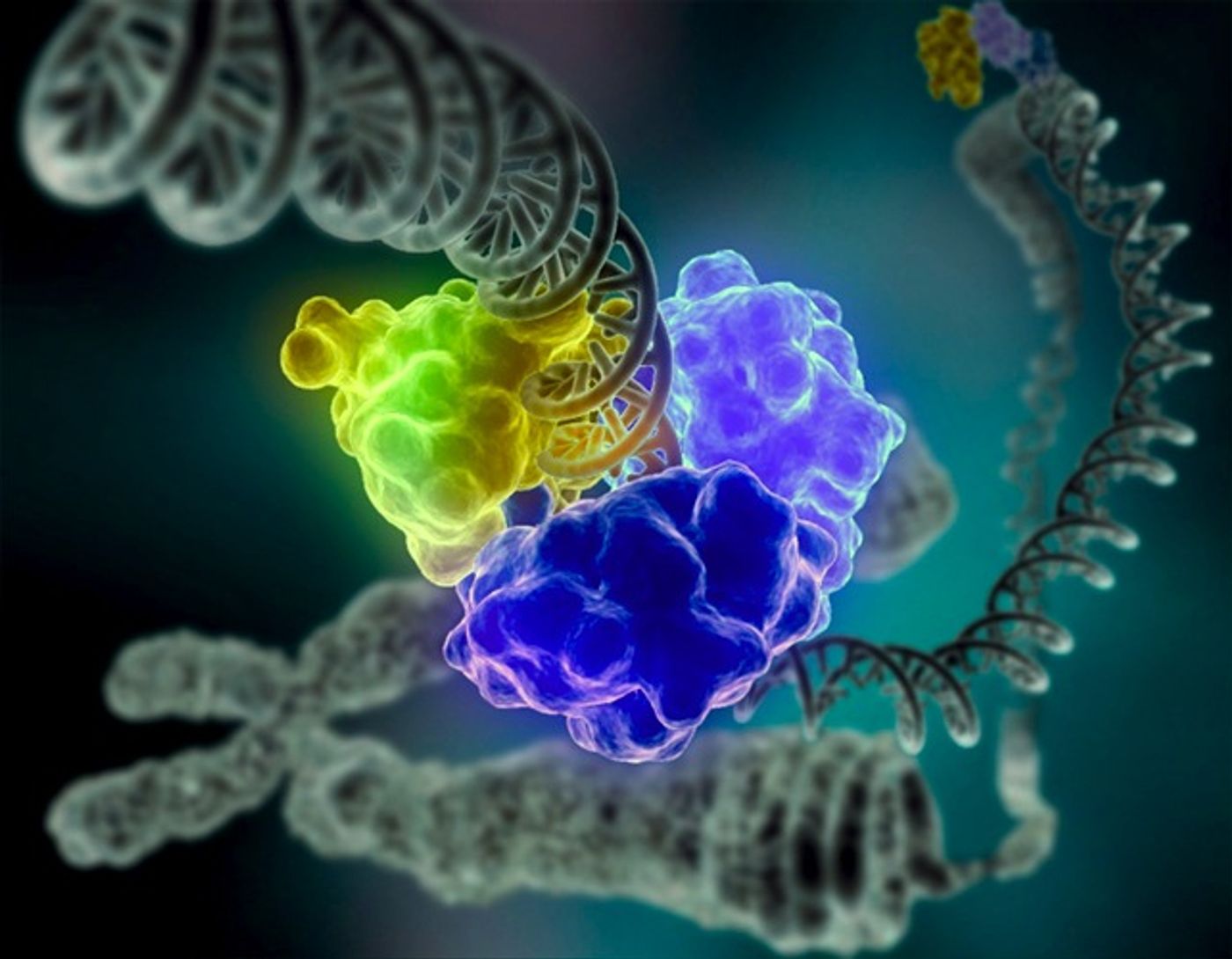The exact mechanisms that underlie the aging process are not yet fully understood. SIRT6 is one of only a few genes that has been shown to control longevity and a genetic disease called progeria, in which aging is accelerated. SIRT6 plays several functional roles including one in the repair of DNA, an essential and ongoing process. Researchers that have been investigating SIRT6 have published new work in Cell Reports showing that a protein called c-Jun N-terminal kinase or JNK activates SIRT6 following oxidative stress.
The universal process of aging is the result of a huge variety of influences and natural events. Some that have been clearly implicated as factors include inflammation, metabolic dysfunction, genome instability, epigenetic and transcriptional changes, and cell death. These and other cellular and molecular processes are interrelated, which makes teasing out their unique contributions to the overall event very difficult.
One favored explanation of what underpins the aging process is oxidative stress. While it seems clear that oxidative stress does lead to the pathology of aging, manipulating levels of oxidative stress does not definitively result in extension of lifespan. The short video below explains more about oxidative stress and the role is may have in aging in detail.
SIRT6, known to be important in the repair of damaged DNA, was associated with oxidative stress in a January 2016 publication in Cell Research by Pan et al.
A new study published in Cell Reports by a different team of researchers has demonstrated that when JNK is inhibited, SIRT6 is not activated and strands of broken DNA are not efficiently repaired.
JNKs add phosphate groups to proteins to send stress signals inside cells; this research, performed at the University of Rochester, determined which amino acid residue on SIRT6 that JNK modifies. After that modification, SIRT6 is mobilized to the site of DNA damage, where it attracts an enzyme, PARP1. The enzyme then initiates the chemical process that repairs the damaged DNA. As such, the activated SIRT6 is crucial for efficient repair, recruiting enzymes to the accident site and getting them to work to make the necessary fix.
While much more work needs to be done to fully elucidate the cellular and molecular processes of aging, this study may be an important step in our understanding. The researchers believe it could lead to improved therapeutics, potentially with a drug that activates SIRT6, so DNA damage can be reduced.
"These drugs may be used to protect our genomes from damage, and could ultimately prevent cancer and extend healthy lifespan," commented Andrei Seluanov, an Associate Professor at the University of Rochester and senior author of the study. Seluanov builds on previous work on aging showing that an inferior mechanism of DNA repair is utilized in later life. In the video below from a few years ago, you can hear a little more about his research.
Sources:
AAAS/Eurekalert! via University of Rochester,
Cell Reports,
Cell Research Pan et al,
Cell Research Liao et al, Nature









